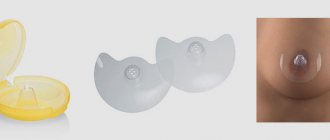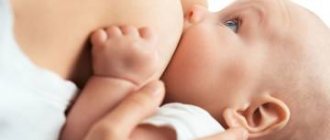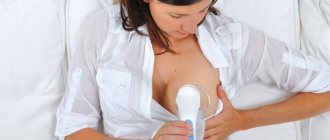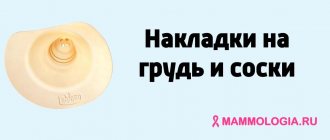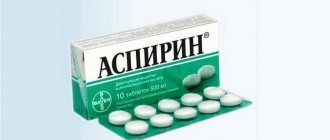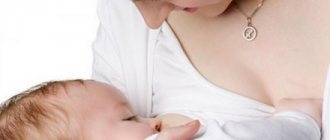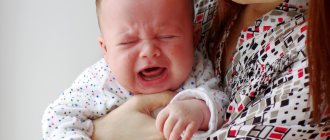The value of breastfeeding is undeniable. Breast milk has an incredibly beneficial effect on the growth and development of a little person. Even the most expensive and high-quality dry formula does not have the qualities that are characteristic of breast milk. However, not every new mother can boast of trouble-free feeding.
Women can experience a wide variety of problems during lactation, ranging from poor milk production to extremely unpleasant sensations while feeding the baby. In order to make their life easier and reduce the child’s anxiety, mothers often try all sorts of ways to get rid of uncomfortable sensations. So, many people buy special pads for breastfeeding. Are these devices useful? What advantages do they have? Isn't this harmful for a woman's breasts and the formation of a child's bite? In order to understand the whole situation, you will have to answer the questions posed.
Breastfeeding pads: when to use
Often, while still in the maternity ward, midwives recommend that young mothers use special pads designed for breastfeeding. There may be several reasons for this: a special shape of the nipples (inverted or flat), injuries to the breast and the nipples themselves (cracks or abrasions), painful sensations when putting the baby to the breast, etc. Before buying such devices, you should figure out whether Are they really useful? After all, subsequently it will be extremely difficult to wean the baby, and the consequences of such feeding for a long time can be the most unpredictable.
This is what silicone pads designed for breastfeeding look like
Special pads designed for breastfeeding are silicone products that facilitate the lactation period, reduce pain for the mother and facilitate the feeding process for the baby.
What are silicone pads used for?
First of all, you should pay attention to when the use of silicone pads would be appropriate. Of course, we are talking about medical indications here.
So, special breastfeeding pads can be used when:
- The period of lactation has begun. Undeveloped breasts react very painfully to milk production. A common mistake is incorrectly attaching the baby to the breast, which causes pain.
- The baby refuses to take his mother's breast. This happens if the mother, for some reason (cold, taking antibiotics, etc.) bottle-fed the child for a long time. The baby is used to drinking milk without making much effort, so repeated application to the breast can ruin his mood. Using silicone pads in this case will make the task easier for the baby.
- Cracks appeared on the chest. This occurs when a pregnant woman did not develop her nipples before giving birth.
- During the birth process, the baby received birth injuries, as a result of which the child’s nervous system develops a little more slowly. This, in turn, provokes sluggish and slow sucking.
- The child was born premature or weakened. In the first days after birth, such babies simply do not have enough strength to drink milk from their mother’s breast on their own.
- The baby's first teeth begin to appear. At this time, the child is already in a capricious mood, and the constant desire to “scratch” his teeth does not bypass his mother’s nipples. It’s quite easy to imagine this feeling when a hungry baby clings with all his strength to the nipple with barely visible teeth. The pleasure, let's say, is not pleasant.
- The structure of the nipples does not correspond to the norms (too large or elongated, flat and sunken).
- The structure of the baby's oral cavity is disturbed - a shortened frenulum.
These are the main and most common cases when using silicone breastfeeding breastfeeding breastfeeding breastfeeding breastfeeding breastfeeding breastfeeding pads. However, it is important to remember that the use of such devices is an exceptional measure and should be used only in cases of extreme necessity.
Contact™ nursing pads
What are nursing pads?
Nursing shields are thin, flexible silicone breast shields that fit over your nipples to protect them during feeding. There are holes at the tip of the funnel through which the milk flows to the baby. Some mothers worry that the presence of such a “barrier” negatively affects the feeling of closeness during feeding. That's why Medela Contact™ has an open area that allows skin-to-skin contact with your baby.
When should you use nursing pads?
It is recommended to use pads in the following three situations:
- If you have sore, cracked nipples or painful sensations when feeding.
- If you have flat or inverted nipples.
- If your baby has problems latching on and sucking milk.
You can ask a lactation consultant or health care professional for advice on using breastfeeding shields and other questions about breastfeeding.
How to use nursing pads?
Before using Contact™ pads, wash your hands with potable water and allow them to dry thoroughly, then grasp the product by the edges for better positioning. To help the patch adhere better to your skin, moisten it with drinking water. Please refer to the product instructions for details on how to put on Contact™ Nursing Shields. The pad should fit comfortably to the breast without squeezing the nipple. Medela breast shields are available in three sizes, so you can choose the breast shield that best suits your nipple type. See the lining selection guide for details. Remember that the pads need to be cleaned after each use and disinfected once a day, for example using convenient microwave sterilization bags. Please refer to the product instructions for details on cleaning and disinfection. Contact™ Nursing Pads come with a special carrying case that allows you to safely store the product between uses.
Using nipple shields for sore nipples
There are many causes of sore and cracked nipples, so before looking for a solution, you need to understand the source of the problem. For example, if you have sore nipples, you can start by using hydrogel pads or protective ventilated nipple covers, and also seek breastfeeding advice from a specialist. If you still don't get relief, Contact™ nursing shields can help protect your nipples so you can continue breastfeeding. They are made of soft, ultra-thin silicone and will not irritate sore, dry or cracked nipples.
Using shields for flat and inverted nipples
If you have flat or inverted nipples, your baby may have difficulty latching on, especially at first. But this does not mean that you have to give up breastfeeding. Flat or inverted nipples may not reach the baby's palate and, therefore, may not trigger the sucking reflex. Contact™ nursing shields help shape your nipple to make it easier for your baby to latch on to. The material of the product has no taste or smell, so when feeding with a pad, your baby is unlikely to feel any unusual taste.
How to help your baby latch onto the nipple?
As mentioned earlier, breastfeeding shields can be a great solution if your baby is having trouble latching on. They are larger and stiffer than nipples, making them easier for baby to put into his mouth. A lactation consultant or health care professional can check that your nipple is latched correctly with the shield. Also remember to monitor your baby's weight gain to make sure he is getting enough milk. In general, it is worth remembering that overlays are a temporary solution. Once your baby learns to suck properly and you get used to breastfeeding, you can stop using them.
What can the systematic use of breast pads lead to?
Breastfeeding shields do not always have a positive effect. Here we will talk about the not-so-favorable consequences of long-term use of silicone products:
We recommend reading: How to attach a newborn to the breast
- Studies conducted in various medical institutions have led to the conclusion that with regular use of pads, milk production is reduced by half. This happens due to the fact that the psychological connection between mother and child is disrupted. This also provokes a decrease in the production of the hormone oxytocin, which also affects the amount of milk.
- Even the thinnest models of silicone pads lead to the fact that over time the child develops an incorrect sucking method, that is, the baby begins to suck more intensely, but at the same time the pauses become longer. This is typical for the process of fading lactation. At the same time, the sucking technique is also disrupted: the baby squeezes the silicone nipple more strongly, “chews” the breast and makes “idle” movements.
- When using pads, feeding time increases, since milk leaks under it, and as a result the baby does not get enough to eat. During the feeding process, the baby may simply fall asleep hungry - as a result, the baby does not gain weight.
- When sucking using silicone pads, the baby swallows air more often, which causes increased gas formation, bloating, colic and other unpleasant phenomena.
- Breastfeeding shields are simply inconvenient to use in some situations, such as during night feedings or in front of strangers.
- If sterilization is insufficient, silicone breastfeeding pads can provoke the development of infectious processes on a woman’s nipples.
In fact, these are the most common disadvantages of using breastfeeding aids. But this list is quite enough to once again think about the advisability of purchasing such products. However, no one says that silicone pads are completely evil.
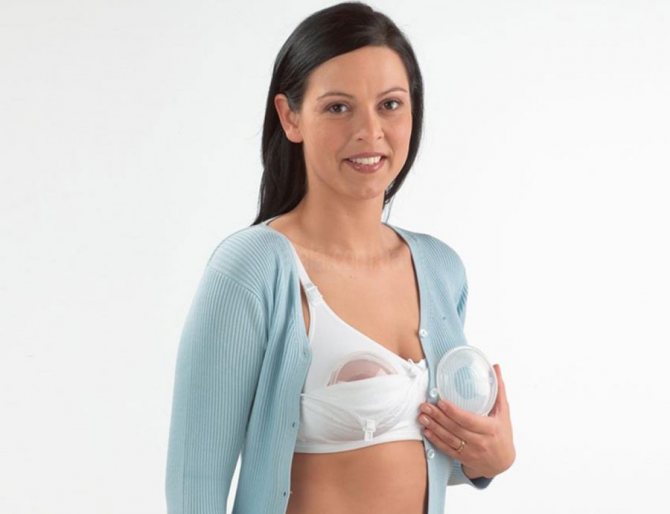
Often, the use of pads is the only way to feed the baby with breast milk
Types of breastfeeding pads
- Rubber products. Fortunately, these remnants of the Soviet era are extremely rare for sale. The peculiarities of their designs involve attaching glass or plastic bottles to the base. Breast milk collection pads made of rubber are not recommended for use.
- Latex products are also in little demand due to their unpleasant tint, ability to instantly absorb odors, and fragility.
- Silicone pads for breastfeeding are the best option, since this material has no foreign odor, does not cause allergic reactions and is harmless to the baby and mother.
Currently, in pharmacies you can find a fairly wide variety of silicone pads from various manufacturers. User reviews allowed us to create a small rating of the best models:
- Small protective and standard protective pads Avent (Philips Avent) are ultra-thin silicone devices that do not interfere with the child’s taste and tactile sensations. There are several types on sale depending on the diameter of the nipple: the smallest S for premature babies and a particularly small areola, the average size M for a nipple with a diameter of 1 cm and the largest L for a tense nipple with a diameter greater than 1 cm.
- Medela Contact in various sizes designed for specific applications. The silicone products from this manufacturer are very thin, and the variety of configurations allows you to choose the most suitable option for each nipple. As a rule, Medela shields are round in shape and are universal, that is, they are suitable for nipples of different shapes and sizes. Made from ultra-thin silicone, they have three holes and can also be used to reshape the nipple.
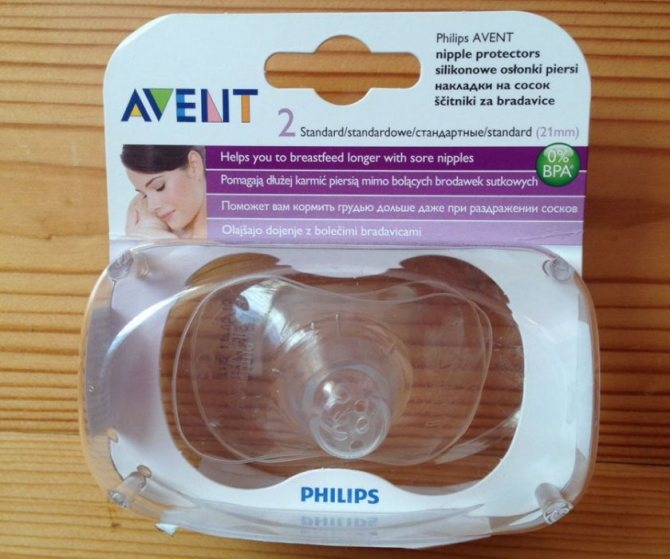

How to use the Avent product
Only purchased silicone protection cannot be used without treatment. The instructions from each manufacturer contain recommendations for sterilization:
- wash with hot water and baby soap;
- boil;
- keep in boiling water for some time.
During use, frequent sterilization is not required; it will damage the silicone. Treatment is necessary no more than 1-2 times a week. The product should be rinsed thoroughly after each feeding.
For everything to work, you need to put the silicone on correctly. It doesn't always work out the first time. Recommendations:
- Massage the nipple.
- Unscrew the cap, press the bottom against the nipple, and screw it back on.
Place the cap with the notch facing upward, where the baby’s nose will be. The nipple should fill the space of the shield, but not rest against it. When feeding, the baby will pull the nipple into the cap.
According to reviews, for easier and more reliable fastening, the product can be moistened with warm water or a drop of breast milk.
It is necessary to ensure the correct chest girth. The baby's mouth should cover not only the nipple, but also the areola. This promotes breast stimulation and more active milk production.

How to use Avent pads
Price
Varies depending on pharmacies and online stores. Minimum price - from 180 rubles.
Silicone products from Avent cost 400-500 rubles.
The cost of breast pads is affected by the size and material of the product.
How to choose the right breastfeeding pads?
First of all, you should decide on the size. Well-chosen products follow the shape of the nipple and adhere securely to its surface. Currently, silicone pads are the most used, since their qualities are significantly superior to products made from rubber and latex.
New mothers should remember that the use of special devices for breastfeeding is an extreme measure, which should be resorted to in special cases. However, if such a need arises, you should select and use the silicone pad correctly.
Only in this case will the health of mother and baby not be threatened. Subsequently, weaning a child off pads will be problematic, but it is quite possible - no more difficult than potty training a baby.
When are pads useful?
A woman can use silicone nipple covers at her own discretion; a doctor’s recommendation is not necessary.
However, as a rule, there are three cases when they are very useful :
- Pain in the nipples and breasts when feeding , sore or severely cracked nipples. The soft and thin material does not irritate the skin and allows you to feed without experiencing pain.
- Flat or inverted nipples . A newborn baby himself does not really know how to eat, and flat nipples do not help him with this at all - they do not reach the palate and therefore the child physically cannot suck. With overlays this problem will not arise.
- The baby does not know how or cannot properly grasp the nipple and suck milk . And in this case, breast pads for feeding are a great help. The pads are larger than the nipple, so it is easier for the baby to grasp them with his mouth. This way he can learn to suck faster.
How to use silicone pads?
In order to get a more detailed understanding of the use of special breastfeeding pads, it is best to use step-by-step instructions:
- First of all, you need to sterilize the pad.
- Next, you need to lightly rub the nipple to bring it into an excited state.
- After this, turning the silicone pad inside out, apply it to the breast so that it tightly covers the nipple areo.
- Lightly wetted silicone sets much more tightly.
- In order for the baby to want to put the pad in his mouth, you can drop a small amount of milk onto its surface.
- The cutout of the silicone device should be at the level of the small nose.
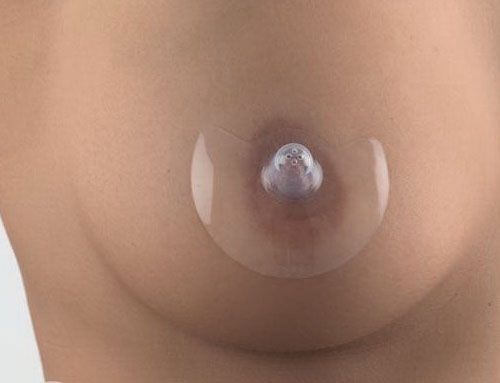
Properly applied silicone pad
Proper breastfeeding looks exactly the same as natural breastfeeding: the baby's mouth is open and the lips are tightly wrapped around the breast.
AVENT or MEDELA nipple covers (breast covers)???? What lu...
— @a_bagulova, yes, I’ll take s
